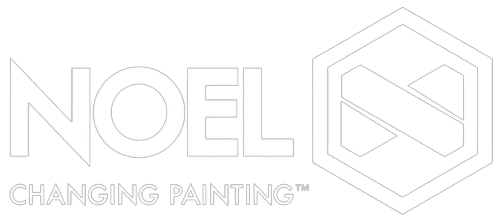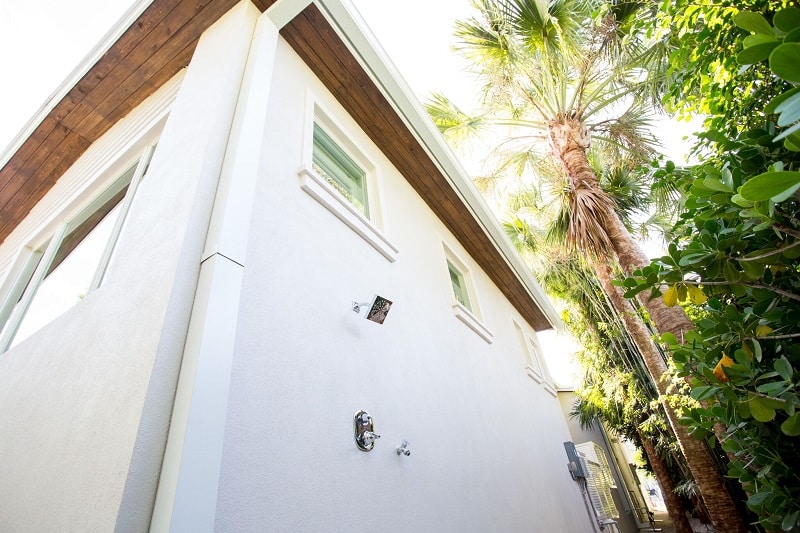The Evolution Of House Paint
We often take the vast selection of interior and exterior home colors for granted. We don’t step back and think about how much simpler these colors used to be in the cave man days and how far they have come since then. So how has it evolved?
There is evidence showing that people have been decorating their living spaces with paint as far back as 40,000 years ago. Here is the evolution:
Cavemen (aka first painters)
Animal byproduct and blood were common ingredients for paint during prehistoric times. Paint was a mixture between many natural, organic materials such as soot, colored earth, animal blood, and animal fat. Yellowish-browns were very common colors during this time
Egyptians (aka expert paint makers)
About 2,000 years ago, Egyptians used vivid colors which had vibrancies that have lasted for millennia. They created six different colors consisting of oil or fat with lead, earth (dirt), animal blood, ground up glass, or semiprecious stones. These colors were white, red, yellow, green, blue, and black and have lasted for millennia.
Fourteenth Century
House painters organized themselves in guilds and were held to certain standards of practice. Their techniques of paint mixing and application were regarded as secrets to protect their way of making a living.
Early American Colonies
Paining your home was considered immoral during this time as it was a sign of wealth and vanity. They even had it outlawed. In 1630, a preacher in Charlestown was criminally charged with sacrilege because he painted his house. This didn’t go well as the demand for interior paints increased, and ‘cookbooks’ that explained various methods of making paints started circulating. Ingredients during this time were lead, rice, eggs, coffee, iron, copper oxide, and berries. Lime and oyster shells were also used to make white.
1700s (the dangerous era)
Originally, before the 1700s, paint makers had to hand grind pigments to make sure that they were fully dispersed in oil. In 1718, Marshall Smith invented a machine that would help grind these pigments. This resulted in the start of manufacturing paint in a paint mill. Lead paint was also popular due to its durability. This exposed painters to white lead powder which increased their vulnerability to lead poisoning. It wasn’t until 1978 that the sale of lead based house paints was prohibited in the U.S.
World War II (paint’s revolution)
Due to a shortage of linseed oil during WWII, artificial resins from alcohols and acids were produced. These replaced oil as a base paint due to being inexpensive, more durable and better at holding color.
The way paint is made has definitely changed over time! To receive professional assistance with your residential painting projects or for more information in general, contact the experts from Noel Painting today!







